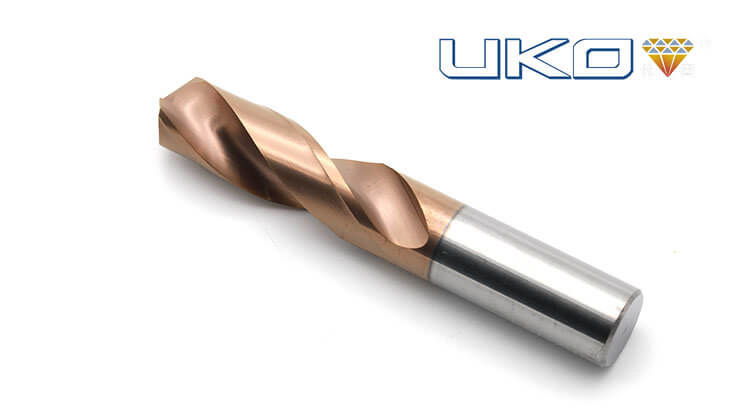
Uses and features:
1. It is suitable for drilling of more complex materials and can choose a higher cutting speed.
2. The high-performance alloy blades specially selected for alloy drill bits can effectively reduce the chipping and maintain good wear resistance.
3. Multi-layer geometric cutting edge to improve drainage performance and maintain low cutting resistance.
4. In addition to the commonly used right-angle shanks, there are a variety of shank types, which are suitable for a variety of drilling rigs and drilling machines.
The correct use of cemented carbide drills
Because cemented carbide is very precious, it is the responsibility of every machining practitioner to use drills correctly and make the best use of them. How to use carbide drills correctly includes the following aspects:
1. Choosing the right machine tool, cemented carbide drill bits can be applied to CNC machine tools, machining centers and other high-power, high-rigidity machine tools, and the tool tip runout TIR<0.02. However, radial drills, universal milling and other machine tools have low power and poor spindle accuracy, which can easily lead to early breakage of cemented carbide drills and should be avoided as much as possible.
2. Choose the correct tool holder, spring chuck, side pressure tool holder, hydraulic tool holder, thermal expansion tool holder, etc., but because the clamping force of the quick-change drill chuck is not enough, it is easy to cause the bit to slip and fail, so it should be avoided.
3. Correct cooling
(1) The external cooling should pay attention to the combination of cooling directions to form an up and down ladder configuration, and minimize the angle with the tool.
(2) Pay attention to the pressure and flow of the internal cooling drill bit, and prevent the leakage of coolant from affecting the cooling effect.
4. The right drilling process
(1) When the inclination angle of the drilling surface is >8-10°, it cannot be drilled. When <8-10°, the feed should be reduced to 1/2-1/3 of normal;
(2) When the drilling surface inclination is >5°, the feed should be reduced to 1/2-1/3 of normal;
(3) When drilling cross holes (orthogonal holes or oblique holes), the feed should be reduced to 1/2-1/3 of normal;
(4) 2-blade drills shall not be reamed.
Only when the alloy drill bit is used correctly can its maximum effect be brought into play. Through this file, I think you had a good knowledge about the drill bits. Hope it is useful to you. Any more questions, please send inquiry to Melody!